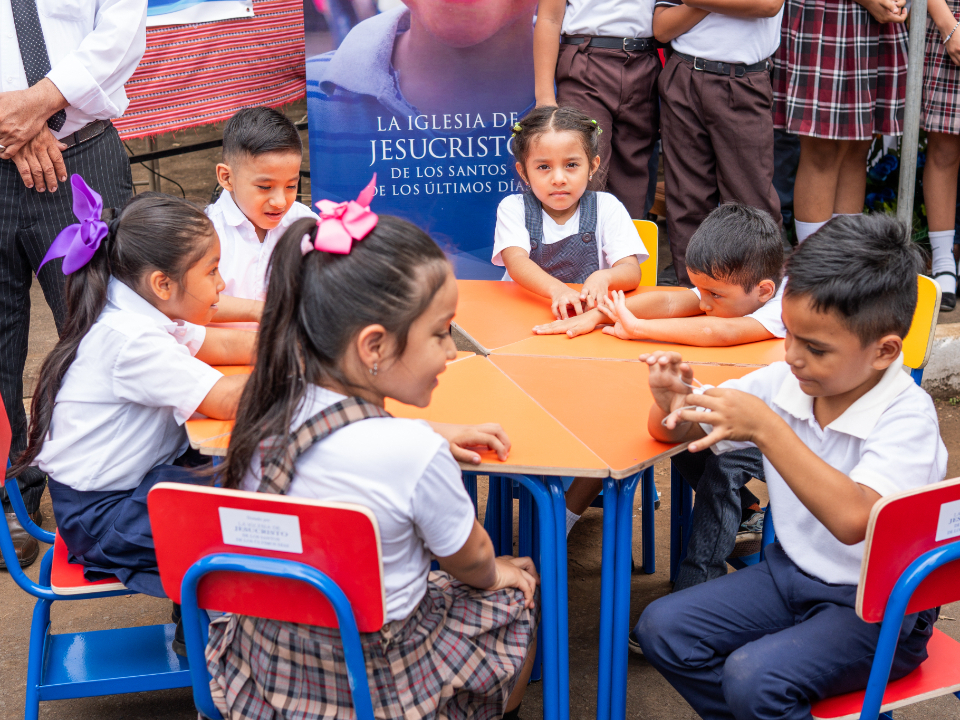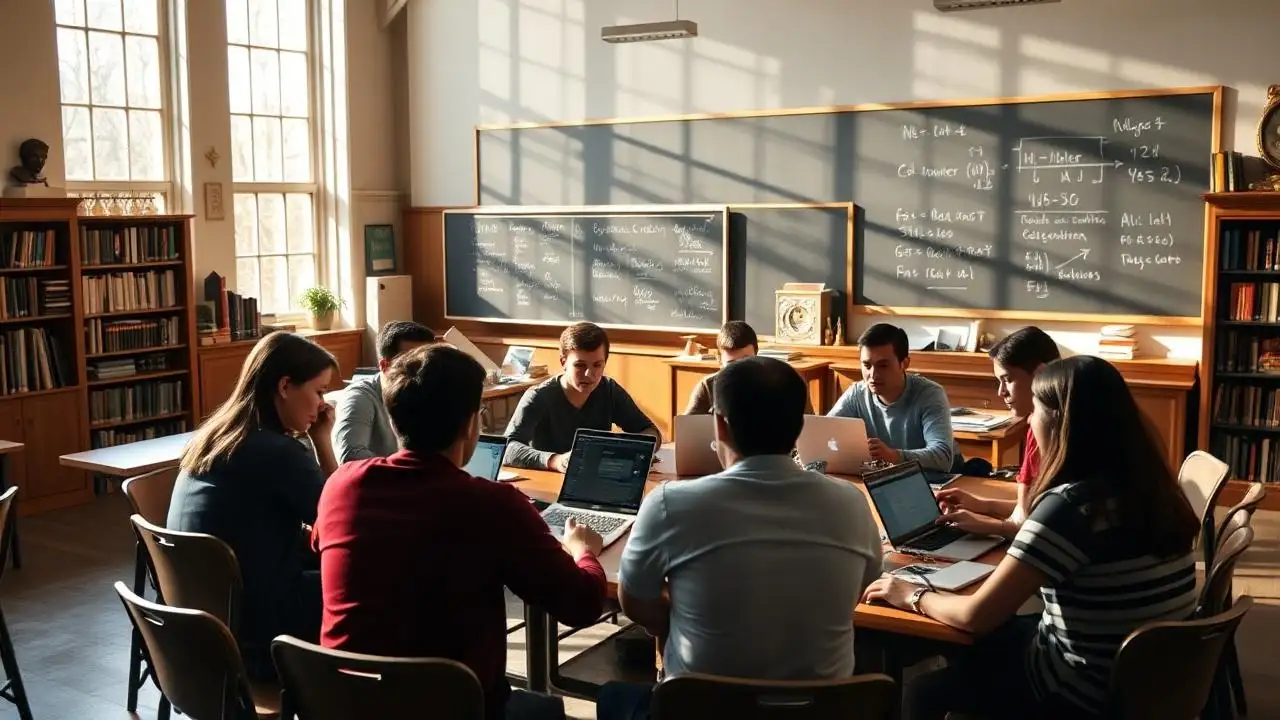
How Church Donations are Transforming Education for Over 18,000 Students in Central America
In recent years, the power of community-driven efforts has demonstrated remarkable potential to uplift marginalized populations. Among these initiatives, charitable contributions from faith-based organizations, particularly churches, have emerged as vital agents of change. One such inspiring initiative is the concerted effort by churches in channeling donations to support thousands of students across Central America.
This substantial investment in education is not simply about funding; it embodies a hope for future generations, providing opportunities that many would not have access to otherwise. As per recent reports, church donations are actively supporting the educational pursuits of more than 18,000 students in this vibrant yet challenged region.
The Scope and Significance of the Initiative
Understanding the Scope
The initiative aims to serve a diverse demographic of students across multiple countries in Central America, including Guatemala, Honduras, El Salvador, Nicaragua, and Costa Rica. These countries face persistent challenges such as poverty, limited educational infrastructure, and socio-economic disparities. In this context, the role of church donations becomes all the more critical.
The funds collected from churches are directed toward various educational programs, scholarships, school supplies, and infrastructure improvements. These donations impact the lives of students in a tangible way, opening doors to better education, healthier school environments, and supportive community networks.
The Impact on Students and Communities
- Increased Access to Education: Many children and youth who would otherwise be excluded due to financial hardships are able to attend school thanks to scholarships funded by church donations.
- Improved Learning Environments: Donations often contribute to the renovation of school facilities and provision of necessary learning materials, enhancing the overall quality of education.
- Empowerment and Independence: Equipping students with educational tools fosters self-confidence, empowers them to pursue their aspirations, and encourages community engagement.
- Long-Term Socioeconomic Benefits: Education acts as a catalyst for breaking the cycle of poverty, leading to healthier communities and future leaders equipped to face regional challenges.
Partnerships and Collaborative Efforts
The Role of Churches as Community Anchors
Churches in Central America serve not only as places of worship but also as community centers, humanitarian hubs, and advocates for social change. Their deep roots within local communities enable them to identify urgent needs and mobilize resources swiftly.
By partnering with local NGOs, government agencies, and international aid organizations, churches amplify their reach and effectiveness. These collaborations ensure that donations are used transparently and strategically, maximizing the benefit to students and their families.
Case Studies of Successful Programs
One notable example involves a church-led scholarship program in Honduras that has successfully enrolled over 2,500 students over the last three years. This program provides financial assistance, mentorship, and extracurricular opportunities, significantly impacting students’ academic performance and life outlook.
Another instance is a series of infrastructure projects across rural areas in Nicaragua, where donations helped build new classrooms, libraries, and sanitation facilities, fostering conducive learning environments.
Challenges Faced and How They Are Addressed
Overcoming Logistical Barriers
While donations have made a visible difference, logistical challenges remain—such as transportation issues, language barriers, and regional instability. Churches and partners are continually working to develop sustainable solutions, including mobile learning units and remote education initiatives.
Ensuring Transparency and Accountability
Transparency in donation use is crucial for maintaining trust. Many churches have adopted rigorous monitoring and reporting mechanisms, ensuring that funds are allocated properly and that contributors see the tangible benefits of their generosity.
The Broader Impact: Building Hope Beyond Education
Beyond immediate educational benefits, church donations foster a larger sense of hope, resilience, and community solidarity. When students succeed academically, they become role models and change agents within their communities, leading to a multiplier effect of positive transformation.
Furthermore, these initiatives contribute to strengthening societal values of charity, compassion, and collective responsibility—core principles upheld by faith-based organizations worldwide.
How Individuals and Communities Can Support
Becoming Part of the Change
Individuals inspired by these stories can support by:
- Participating in local fundraising efforts organized by churches or community groups.
- Volunteering time or skills to educational programs.
- Donating directly to church-led initiatives supporting student education.
- Spreading awareness about the importance of educational aid in underprivileged regions.
Encouraging Sustainable and Collaborative Approaches
It is vital to prioritize long-term sustainability. Community involvement, local capacity-building, and continuous evaluation of programs are essential to ensure lasting impact.
Conclusion: The Power of Faith-Driven Educational Support
The unwavering commitment of churches in Central America to educate the youth exemplifies how faith, community engagement, and targeted philanthropy can work hand-in-hand to foster meaningful change. Supporting over 18,000 students, these donations are cultivating a generation of informed, empowered, and hopeful individuals capable of transforming their communities from within.
Such initiatives demonstrate that collective efforts rooted in compassion and shared values can bridge gaps, uplift lives, and pave the way toward a brighter future for Central America.
For more updated news please keep visiting Prime News World.








